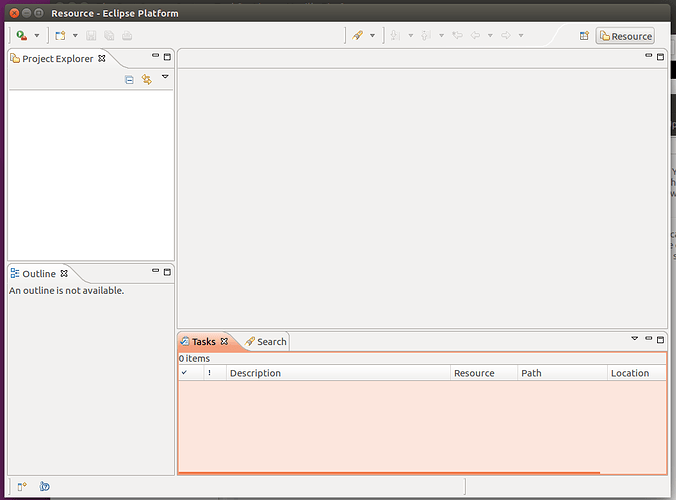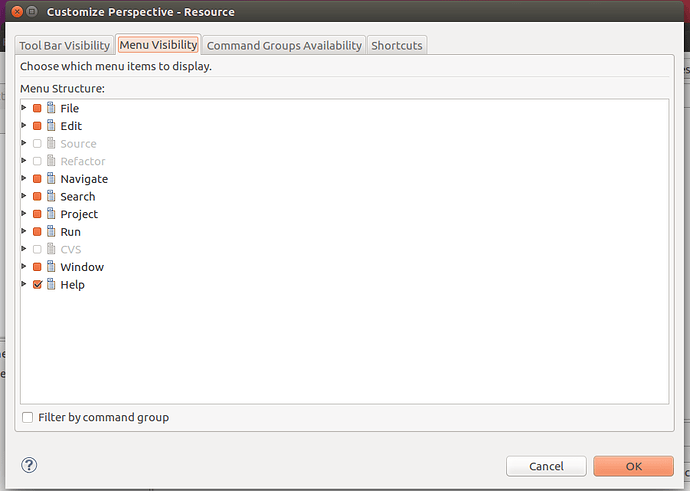I’ve been using Ubuntu for 10+ years for a variety of reasons. About 10 yrs ago, I set up an Ubuntu laptop for my dad and he used it for 2-3 yrs without issues. Now, I manage apps running on 1/2 dozen Ubuntu VMs across several cloud service providers. I also have an Ubuntu machine sitting next to me for ad hoc work and dev support.
One of the first big obstacles to using the platform is overcoming the urge to do things the same way and with the same applications that you would use on macOS or Windows. The easiest way to engage is to do things the Ubuntu (or whatever Linux distro) way and then to learn how to reconfigure to suit your needs.
Even though I love the platform as a server, I would never want to use it for day to day desktop computing needs. I’ve spent countless hours editing xorg.conf settings and other .ini files and whatnot. All will be good and then something will break and suddenly you’re working in a terminal without an idea of WTF is going on or how to debug it. The issue here is that Linux people have a masochistic tendency to enjoy debugging that type of thing and to getting to arcane conf files.
“Learning to use Ubuntu,” in my opinion, is something you should do if you want to use it as a server platform. Set it up with Nginx and go to town… it can be very stable in those circumstances. It’s also great as a database server (headless, of course). I’ve spent 3+ hours a day, every day for the past several years, working at an Ubuntu terminal prompt. However, in all that time, I’ve probably spent a grand total of 2 hours looking at Ubuntu desktop. Finally, if the tutorials you are following use 14.04, then you should use 14.04. There have been some significant system-level changes to Ubuntu in the past several years, which might be the source of some of your problems. 14.04 is an LTS release, so it will still be supported by Canonical for another 2 years.
As @rhamorim says, if you just want to use it for general computing, try out Linux Mint, which is Ubuntu with a somewhat foolproof GUI. Either way, give yourself some time to try the Linux specific variants of apps before trying to get back to the apps you use on other platforms. The Linux-specific ones (or FOSS ones) can work surprisingly well and get a lot of love from the developers. Most popular commercial apps are ported to Linux as an afterthought and don’t receive the love you would want to see.
I love Linux, but it took me 5-6 years to wrap my head around what was going on. I empathize with your pain and confusion. Should you choose to stick with it, you’ll eventually be rewarded for your efforts, but by then you may have forgotten why you started in the first place.

